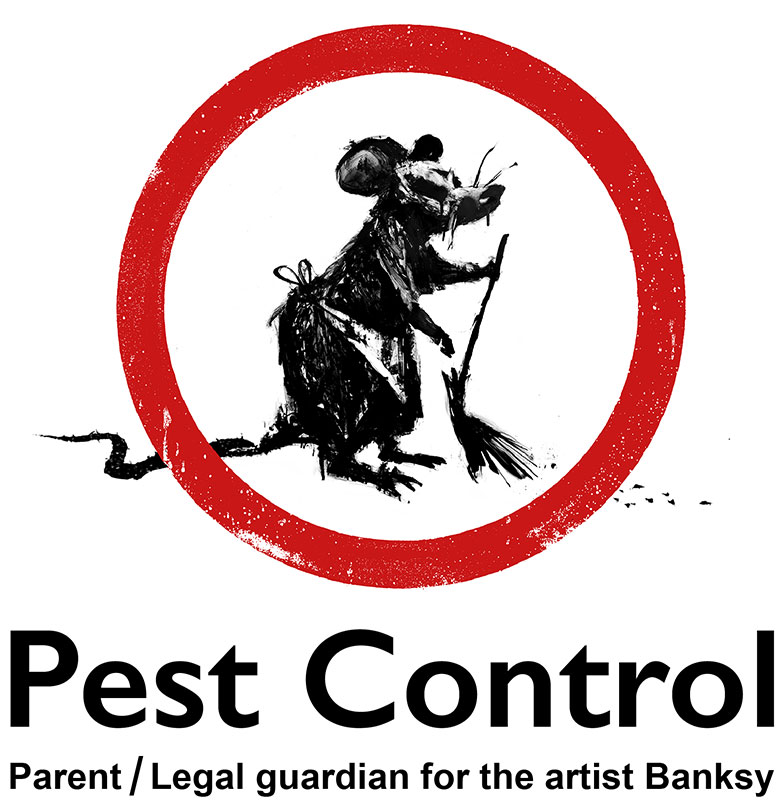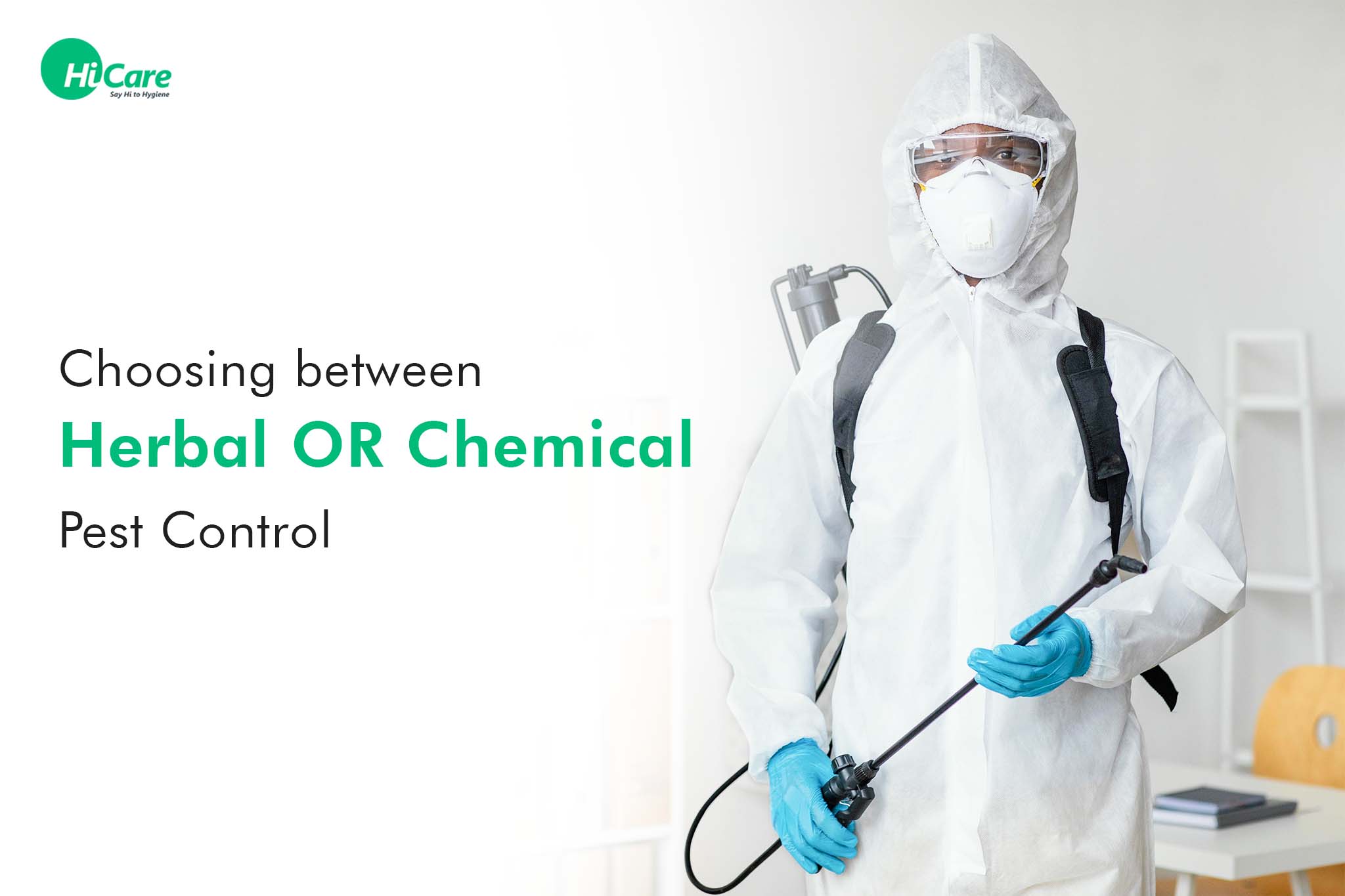Professional A1 Charlotte Bed Bug Exterminator - Quality Service Guaranteed
Professional A1 Charlotte Bed Bug Exterminator - Quality Service Guaranteed
Blog Article
Bed Bug Treatment Break Down: Comparing Chemical Vs. Non-Chemical Solutions
In the realm of bug control, especially when dealing with the relentless issue of bed pests, the option in between chemical and non-chemical treatment solutions can be an essential one. Both strategies provide distinct benefits and disadvantages, influencing variables such as efficiency, safety factors to consider, and overall cost. By checking out the nuanced details of each technique, a more clear understanding of which path to go after in resolving a bed bug problem can be attained.
Performance of Chemical Treatments
Chemical therapies for bed bug infestations have actually been widely acknowledged for their powerful and fast efficiency in eliminating these pests. When considering the performance of chemical treatments, it is crucial to recognize that they can supply a extensive and quick remedy to a bed pest issue.
Additionally, chemical therapies have the advantage of supplying residual impacts, implying that they can proceed to eliminate bed pests even after the first application. This recurring activity is particularly useful in combating any kind of possible re-infestations. Additionally, the rapid action of chemical treatments can bring relief to individuals dealing with serious bed insect infestations, permitting them to gain back control of their living areas promptly.
Security Worry About Chemical Solutions
One critical element that needs mindful consideration when using chemical services for bed bug treatment is guaranteeing the security of occupants and the setting. While chemical treatments can be effective in removing bed insects, they may position threats if not handled effectively. Among the key safety problems with chemical solutions is the prospective harm they can trigger to human health and wellness. Exposure to particular chemicals used in bed insect treatments can cause respiratory system problems, skin inflammation, or various other damaging responses, particularly in people with pre-existing conditions or level of sensitivities. Furthermore, incorrect application or dosage of chemical pesticides can cause toxic deposits remaining in the cured area, posturing long-lasting health and wellness threats to owners.
Additionally, the environmental effect of chemical solutions is one more substantial factor to consider. Some pesticides used in bed bug therapies may be harmful to beneficial pests, wildlife, and communities if they seep right into the soil or water systems. It is vital to use chemical treatments carefully, complying with safety and security guidelines, and thinking about much less toxic options to alleviate these threats and guarantee the risk-free and reliable management of bed bug invasions.
Advantages of Non-Chemical Strategies
Considering the prospective security problems and ecological impact associated with chemical services for bed bug therapy, exploring non-chemical techniques provides an appealing choice with numerous distinctive advantages. Non-chemical methods provide a much safer choice for houses, specifically those with children, pet dogs, or individuals sensitive to rough chemicals. These approaches eliminate the dangers of direct exposure to poisonous materials, lowering the capacity for her response damaging wellness results. Furthermore, non-chemical check therapies are eco-friendly, as they do not add to air or water pollution, making them a sustainable choice for insect control.
Furthermore, non-chemical services can be efficient in targeting bed pests, including hard-to-reach areas where chemical treatments might not pass through - A1 charlotte pest control companies. Methods such as warm therapy, vacuuming, vapor cleansing, and cushion encasements offer complete eradication without the use of dangerous chemicals.
Limitations of Non-Chemical Treatments

In addition, non-chemical therapies typically call for multiple applications to accomplish effective obliteration. This can be taxing and may not constantly guarantee total elimination of all bed pests and their eggs, particularly in hard-to-reach or hidden places.
Additionally, the success of non-chemical treatments greatly counts on correct implementation and thoroughness, which can be challenging for people without specialist expertise. Poor application of non-chemical methods may lead to insufficient obliteration, resulting in consistent problems and the need for additional treatments.
Consequently, while non-chemical treatments have their advantages, it is vital to recognize these restrictions and consider them when determining the most reliable method for taking care of bed bug invasions.
Price Comparison: Chemical Vs. Non-Chemical Options
Provided the restrictions connected with non-chemical treatments, a crucial facet to examine in the context of bed bug administration is the price comparison between chemical and non-chemical options. Chemical treatments normally include the application of insecticides by professionals, which can vary from $250 to $900 per area, relying on the extent of the invasion and the size of the location to be treated. On the other hand, Look At This non-chemical treatments like warm treatment or steam can be extra costly, with costs varying from $1,000 to $6,000 for a whole home. While the initial cost of chemical therapies might seem reduced, several treatments may be called for to totally get rid of the invasion, potentially raising the total price. On the various other hand, non-chemical alternatives may give an extra environmentally friendly and sustainable option, although they can be cost-prohibitive for some individuals. Eventually, when thinking about the cost of bed bug therapy options, it is essential to evaluate the upfront costs against the efficiency and long-term sustainability of the selected method.
Final Thought

Thinking about the prospective safety issues and ecological influence linked with chemical remedies for bed bug treatment, exploring non-chemical methods provides an appealing alternative with several unique benefits.Provided the constraints connected with non-chemical treatments, a vital element to evaluate in the context of bed pest management is the cost contrast in between chemical and non-chemical choices. In comparison, non-chemical therapies like warm therapy or heavy steam can be a lot more pricey, with expenses varying from $1,000 to $6,000 for a whole home. While the first cost of chemical therapies may seem lower, several treatments may be called for to fully eliminate the problem, possibly raising the general price.In conclusion, when comparing chemical and non-chemical bed insect treatment choices, it is crucial to consider effectiveness, safety, advantages, restrictions, and expense.
Report this page